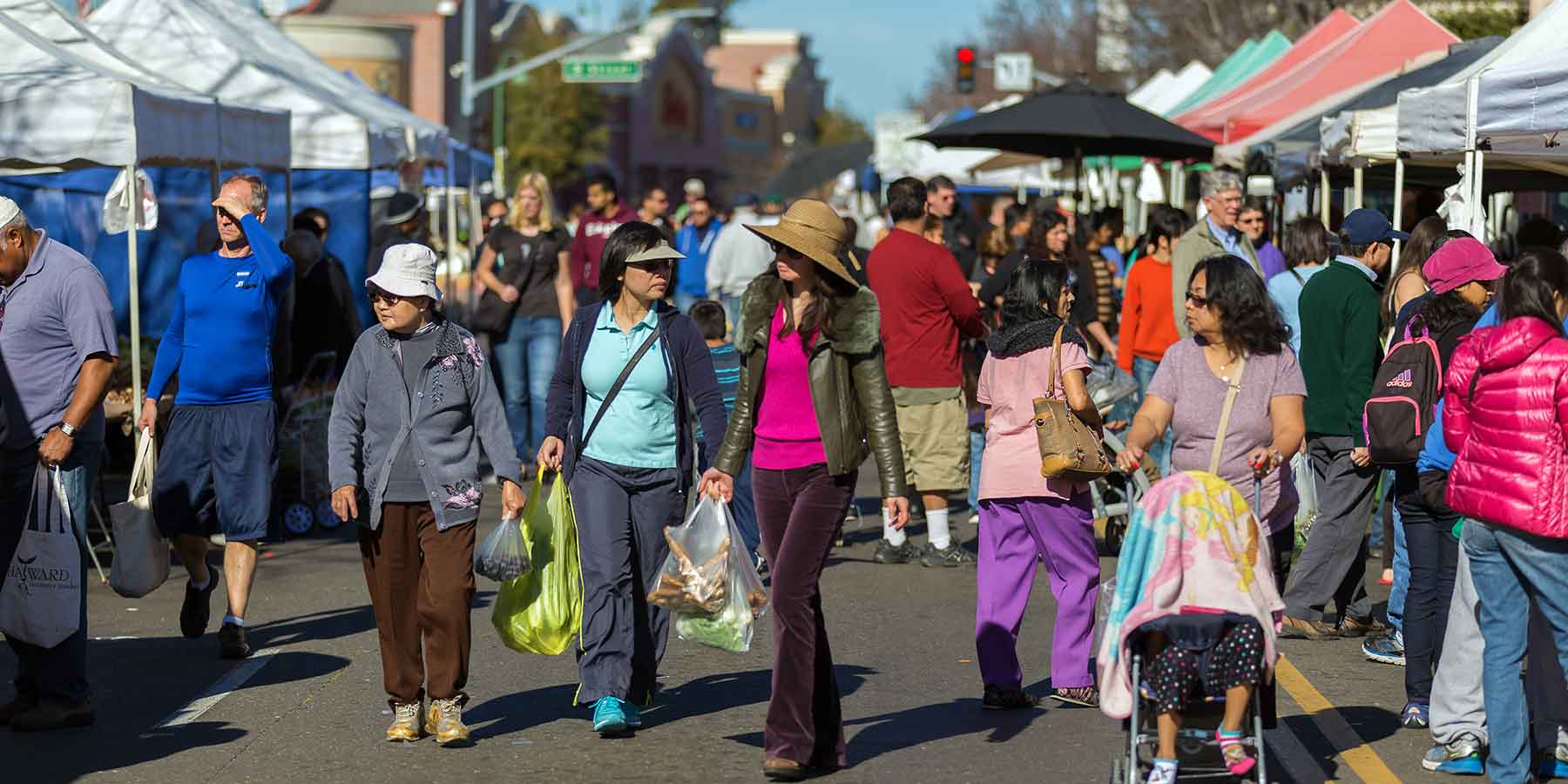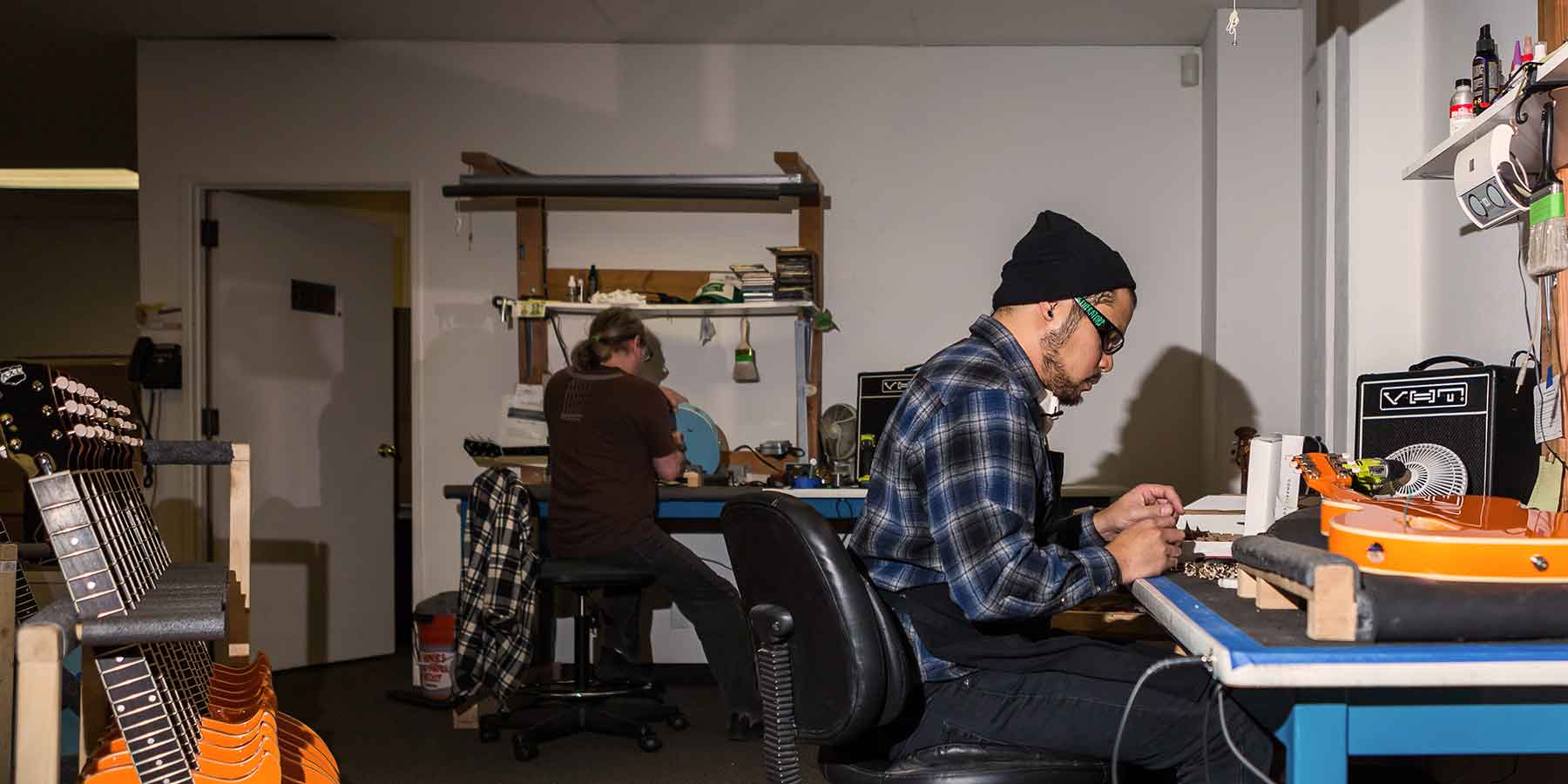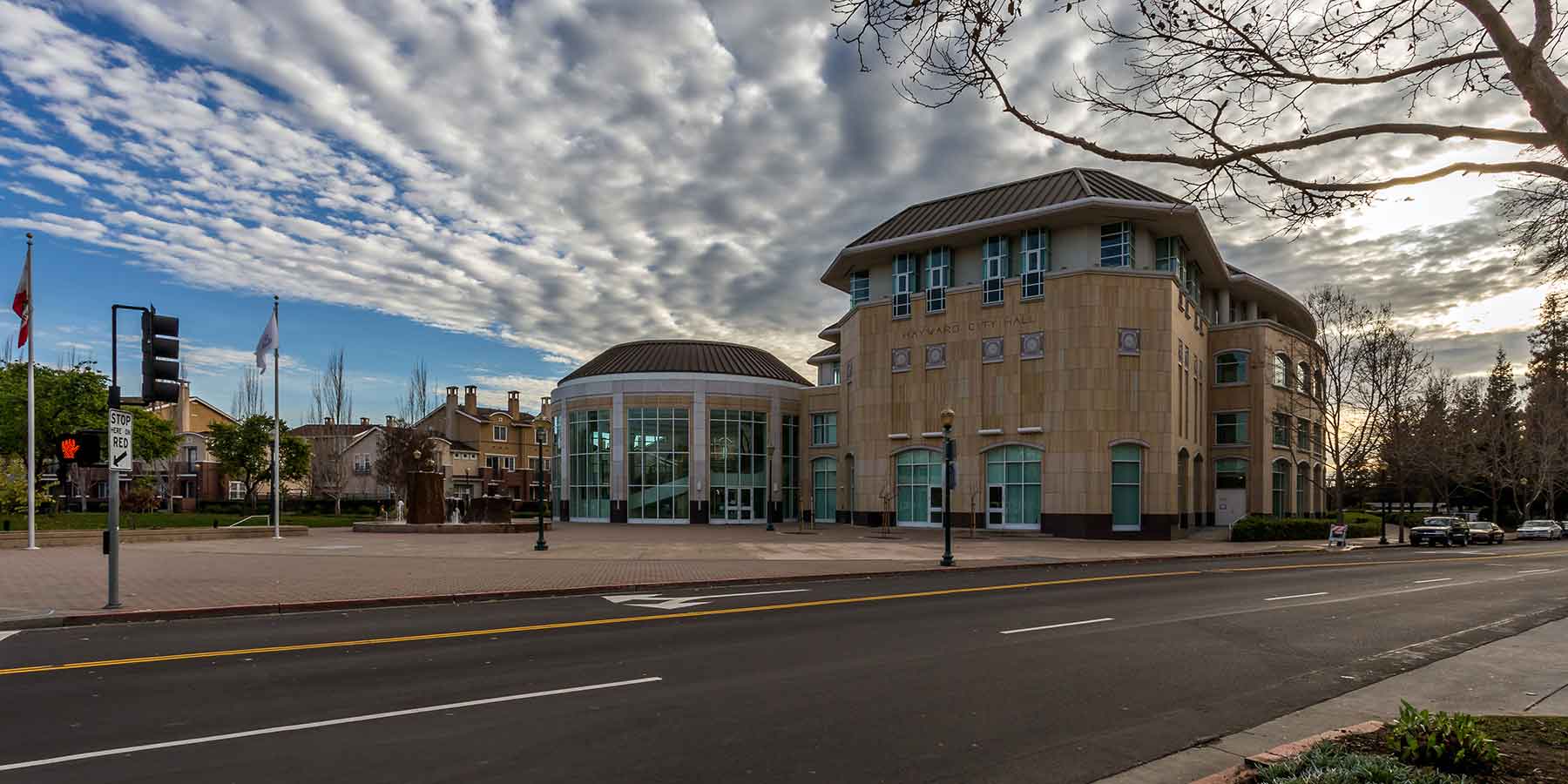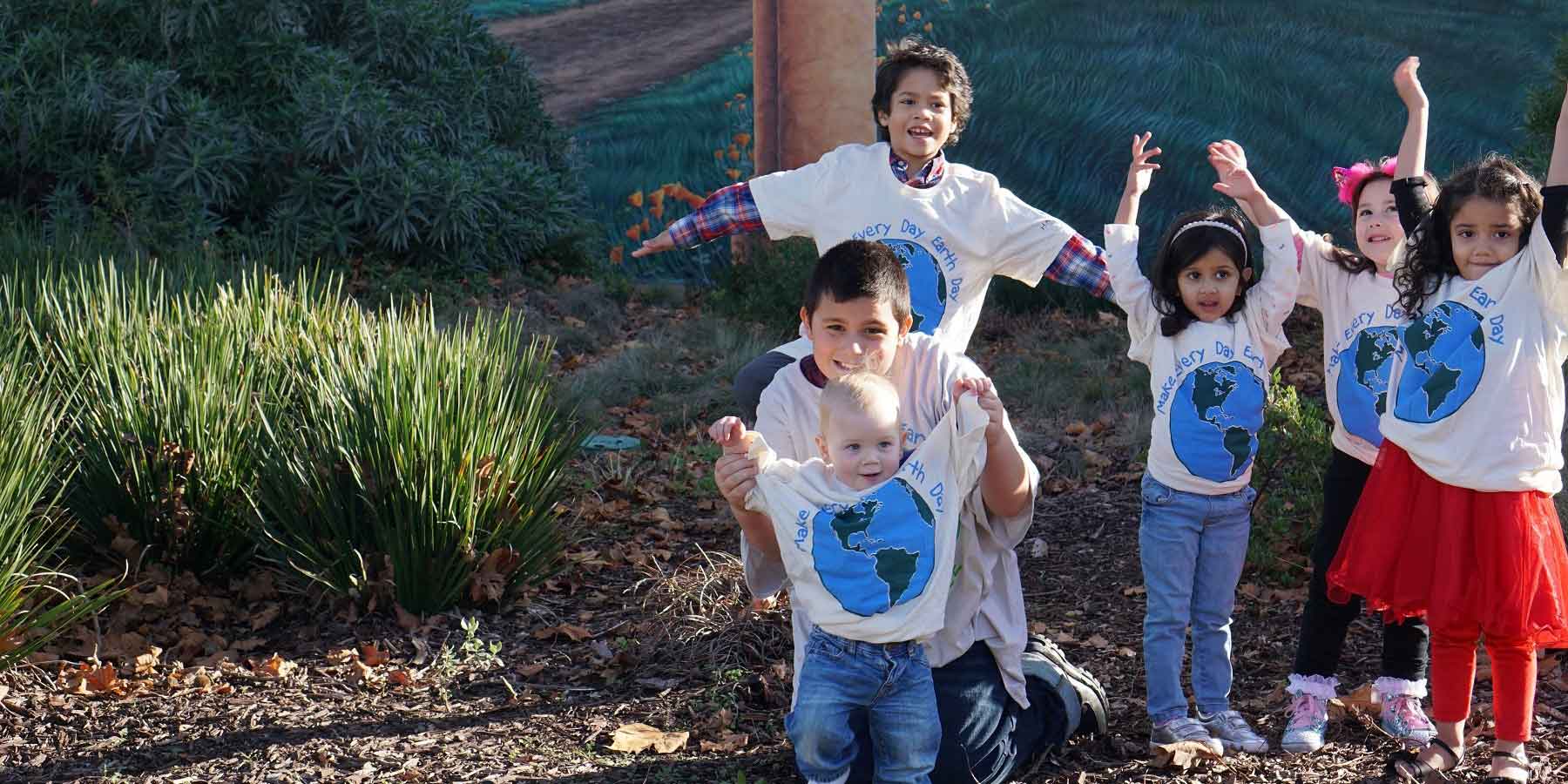Decoding Plastic Recycling In California
The Leaflet | January 2024
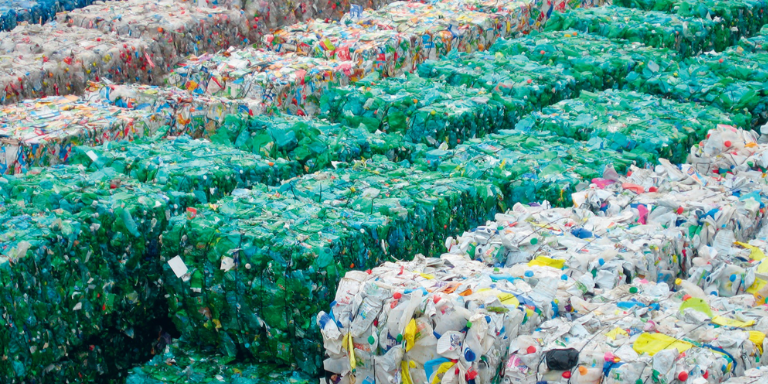
When trying to recycle plastic it can be tricky to know what items can be recycled and what can’t. What do those small numbers and recycling symbols at the bottom of plastic bottles and containers mean? Packaging makes up 50% of waste in California landfills by volume and recycling single-use plastic items can make a huge impact in reducing waste.
Almost every plastic bottle or container has a recycling symbol numbered between 1-7, usually stamped on the bottom. These symbols indicate the type of plastic used in each product, yet not all plastics are equally recyclable. Notably those labeled 1, 2, and 5, are more commonly recyclable, though this can vary based on their specific form.
In 2022 Senate Bill 54 was signed into law. This law mandates that in California by the year 2032 25% of single use plastic be eliminated, 65% of single-use plastic be recycled, and 100% of single-use packaging be recyclable or compostable. To implement these mandates, CalRecycle, California’s recycling authority, recently released a list of materials that are considered recyclable. Plastics marked with numbers 1, 2, and 5 are deemed recyclable, particularly when in rigid forms like milk jugs, water bottles, jars, and yogurt tubs. However, it's important to note that these same plastic types can also be used to produce non-recyclable items such as utensils and flexible film items like plastic bags, which unfortunately cannot be recycled, regardless of their numbering.
Keeping track of recyclable plastic numbers can be challenging. A general guideline is that tubs, bottles, and jugs are recyclable. Always remember to empty your plastic containers before recycling. If unsure about how to dispose of an item StopWaste’s re:source tool, can tell you how to dispose of certain products within your specific zip code.



